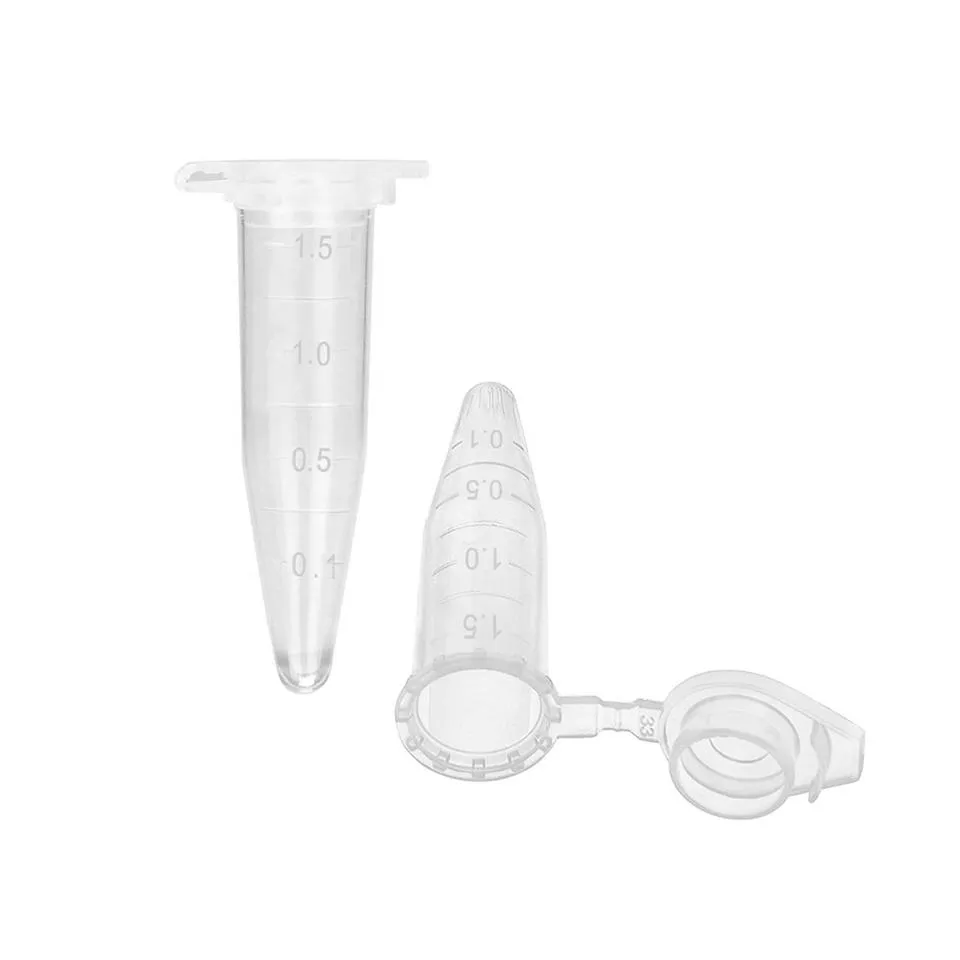high speed centrifuge tubes
Understanding High-Speed Centrifuge Tubes A Key Component in Advanced Laboratory Techniques
High-speed centrifuge tubes play a crucial role in modern laboratory practices, particularly in fields such as biochemistry, molecular biology, and clinical diagnostics. These specialized tubes are designed to withstand the significant forces generated during high-speed centrifugation, enabling scientists and researchers to efficiently separate components of complex samples based on their density.
The Importance of Centrifugation
Centrifugation is a common laboratory technique used to separate substances with different densities or sizes. By spinning samples at high speeds, the centrifugal force acting on the particles causes them to move away from the axis of rotation. Denser particles settle at the bottom of the tube, forming a pellet, while lighter particles remain in the supernatant or liquid above. This technique is invaluable for purifying cells, proteins, nucleic acids, and other biological materials.
Design and Material
High-speed centrifuge tubes are typically made from robust materials that can endure the stresses of rapid spinning. Common materials include polypropylenes, polyethersulfone (PES), and polyethylene, each chosen for their durability, chemical resistance, and clarity. Some tubes are designed with specific features such as conical bottoms to facilitate easy retrieval of the pellet and graduation marks for volume measurements.
The structural design of these tubes is also critical. They are engineered to maintain integrity under forces exceeding 20,000 x g (gravitational force), making them suitable for ultracentrifugation processes. Additionally, many high-speed centrifuge tubes come with snap caps or screw caps that provide airtight seals to prevent contamination and evaporation during centrifugation.
Applications in Laboratories
high speed centrifuge tubes

High-speed centrifuge tubes are widely used in various laboratory applications. In molecular biology, they are essential for separating DNA, RNA, and proteins during purification processes. For instance, during the extraction of plasmid DNA, centrifuge tubes can effectively separate cellular debris from the target nucleic acids.
In clinical laboratories, these tubes are central to blood sample processing. They facilitate the separation of serum or plasma from cellular components, which is crucial for various diagnostic tests. Additionally, in research settings, high-speed centrifugation helps analyze the composition of different cell types or isolate organelles for further study.
Safety and Compliance
With the increased use of high-speed centrifuges, safety is paramount. Labs must adhere to strict guidelines to ensure the safe operation of centrifugation equipment and the effective use of centrifuge tubes. This includes proper balancing of tubes to prevent equipment failure, regular maintenance of centrifuge machines, and using tubes that are rated for the required speed and temperature.
Moreover, many manufacturers ensure that their high-speed centrifuge tubes meet international safety standards and regulations, including those set by the FDA and ISO. This compliance guarantees that the materials used are safe for contact with biological samples and do not leach harmful substances into the solutions being processed.
Conclusion
High-speed centrifuge tubes are an indispensable tool in today's laboratories, assisting scientists in achieving reliable separation of biological materials. Their durable construction, versatile applications, and compliance with safety regulations underscore their importance in research and clinical diagnostics. As technology advances, we can expect further innovations in the design and functionality of these tubes, enhancing the efficiency and accuracy of laboratory processes. Whether used in basic research or critical medical testing, high-speed centrifuge tubes are foundational elements that drive scientific discovery and innovation.
-
Aesthetic Makeup Spray Bottles | Fine Mist Empty RefillableNewsAug.19,2025
-
White Plastic Veterinary Vaccine Vials | Lab Liquid BottlesNewsAug.18,2025
-
Plastic Medicine Liquid Bottle: Secure Flip Top Drug VialsNewsAug.17,2025
-
Durable 250ml Blue Plastic Vaccine Vial for Lab & Vet UseNewsAug.16,2025
-
Sterile Virus Sample Tubes: Secure & Reliable Specimen CollectionNewsAug.15,2025
-
White 250ml Plastic Vaccine Vial for Lab & Vet MedicineNewsAug.14,2025
























